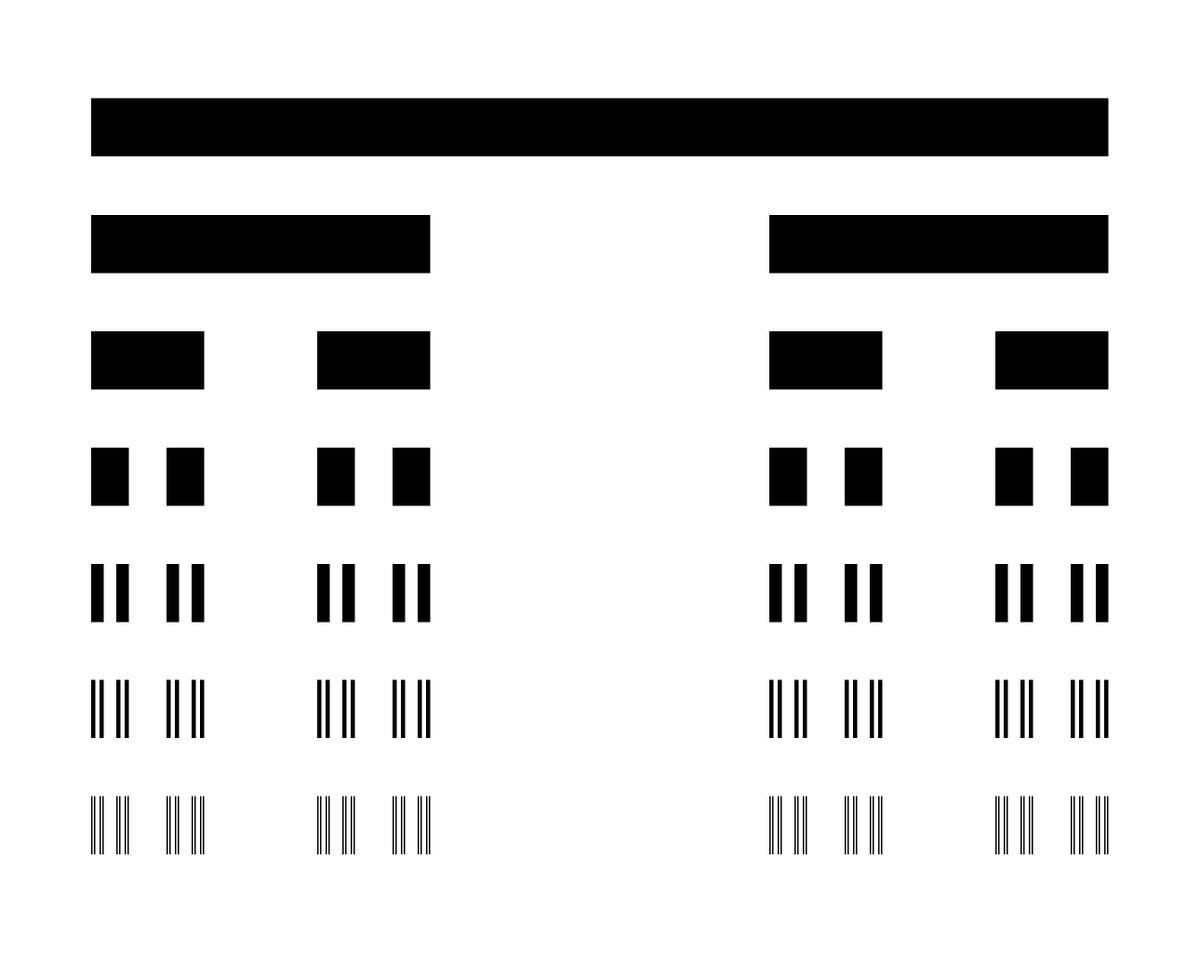To see why it is small, let's think about how we might try to assign a "length" to the Cantor set. 6/
And a third is that if A is a subset of B, and both sets have lengths, then the length of A should be at most the length of B. 8/
I'd better end this thread as it's got pretty long. 24/24








